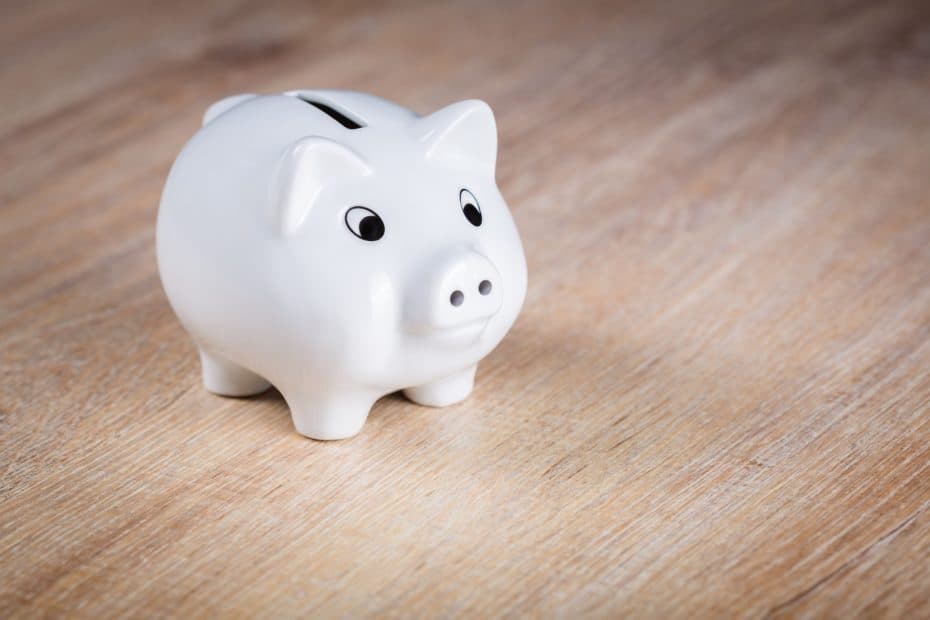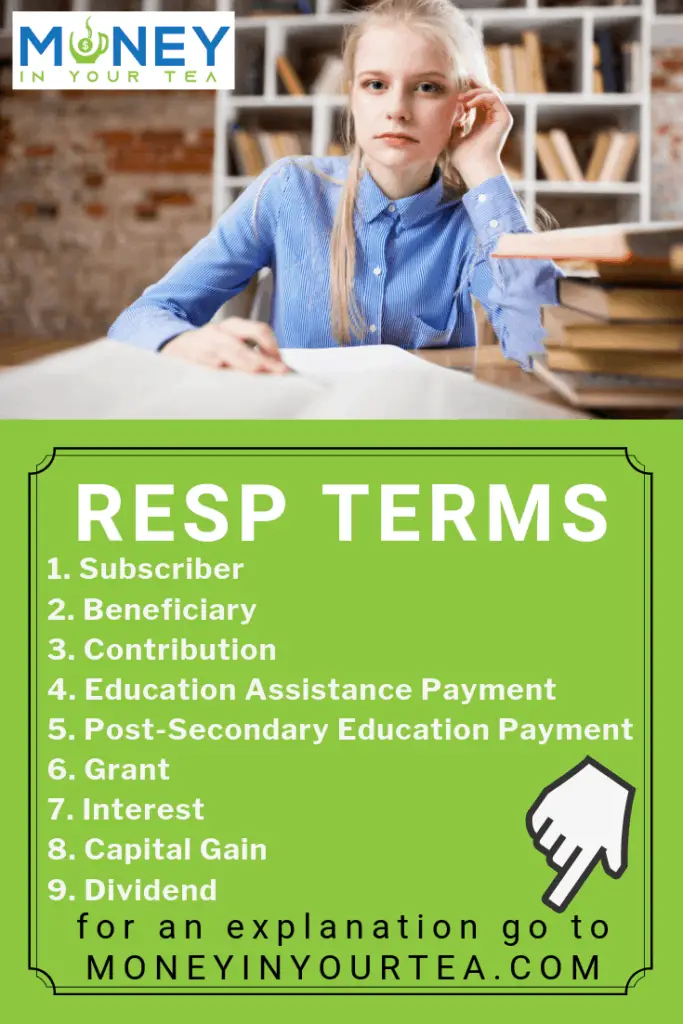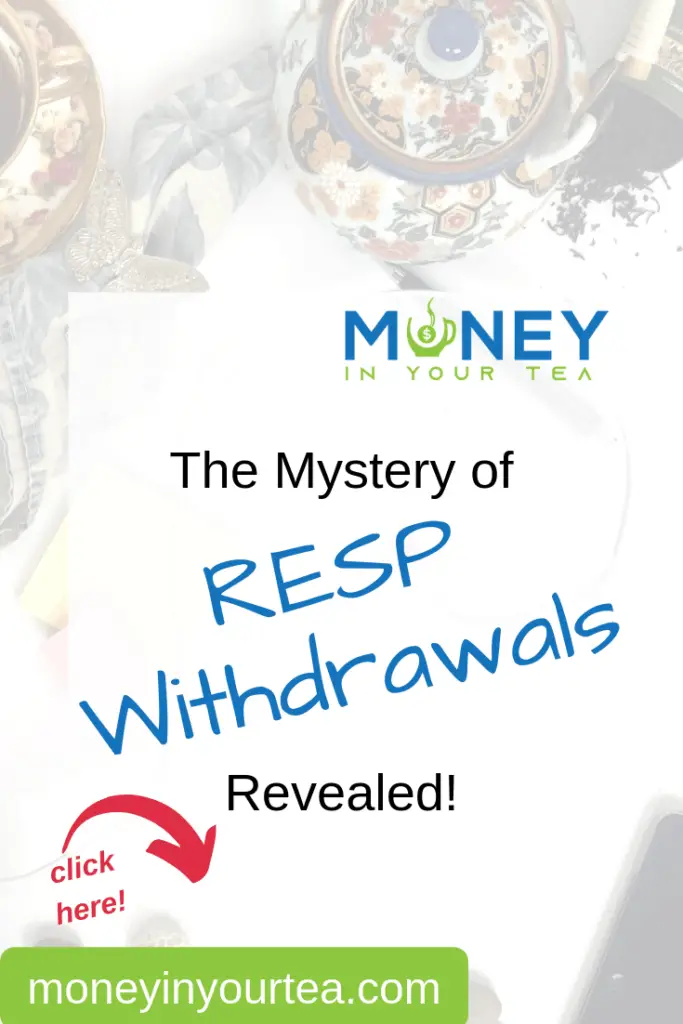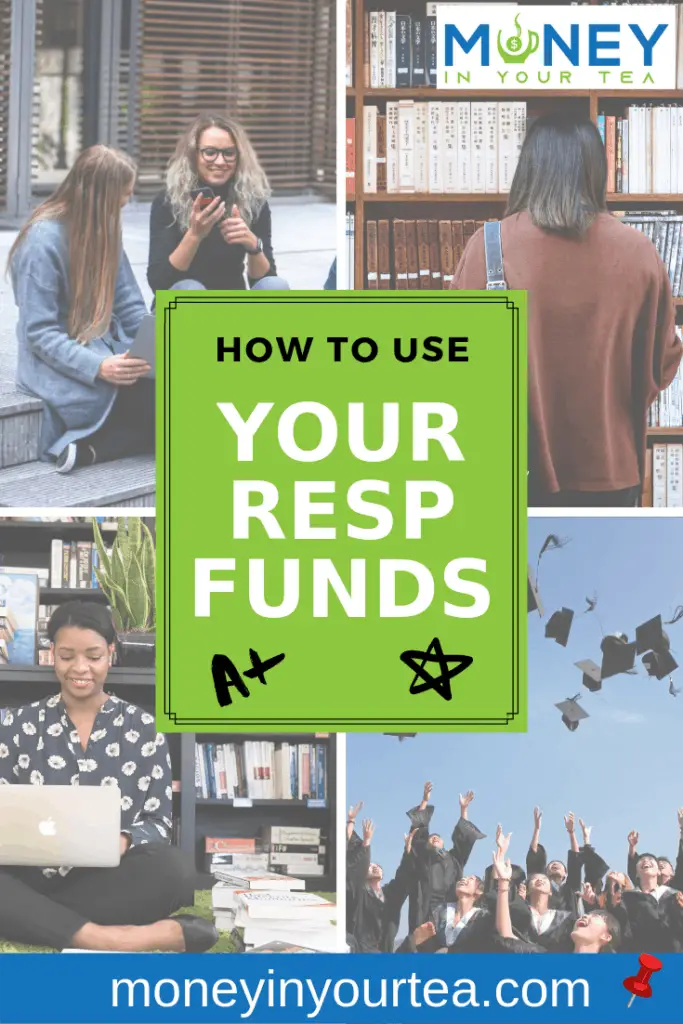New parents are bombarded with information on setting up an RESP (Registered Education Savings Plan) to finance their children’s education. Everyone tells you WHY to do this – post-secondary education is important to get a job but very expensive. And there’s a lot of readily available information on HOW to set up an RESP. Once you do that, the bank willingly helps you decide WHAT to invest in.
But when you’re ready to embark into the adventure of college or university, there is hardly any information about RESP withdrawals! Keep reading for the answers.
Still at the investing stage? Read RESP Investing from Newborn to High School!
Students, share this post now with your parents, as they are the ones who need to withdraw the funds from your RESP.
This post may contain affiliate links, but all opinions expressed are my own. As an Amazon Associate I earn from qualifying purchases. Please read my disclaimers for more information.
5 RESP Terms you Need to Know
Your family – the “subscribers” – set up an RESP for you – the “beneficiary” – and saved funds into it regularly. Lucky you!
And wise parents. For every $100 “contribution” they put in, the Government of Canada chipped in another $20 up to a maximum of $7,200 – the “grant”. Some provinces offer additional grants, too. The Government of Canada gives extra grants to low-income families across Canada. Therefore, your total grant amount could be even higher than $7,200.
In addition, that money earned interest, dividends, and/or capital gains. All that is called the “income”.
Can I use my RESP Withdrawals for this Program?
RESP withdrawals can be used toward a wide range of educational institutions: university, college, vocational school, and specialty college. See the Government of Canada website for an up-to-date list.
Good to know! – you can use your RESP to go to a school outside of Canada too.
Whose Money is it Anyways?
The subscriber controls all the money and investments in the RESP. Therefore, only the subscriber is allowed to request withdrawals from the account, not the student.
The grant and income withdrawals must go only to the beneficiary (that’s you, the student).
On the other hand, the contribution funds withdrawals can go either to the subscriber or the beneficiary.
There’s a Difference Between Types of Money?
The government looks at the total amount in the RESP and considers it being in three buckets: the money the subscribers contributed, the grant money from the government, and the income earned over the years. The withdrawal of the original contributions is called “Post-Secondary Education Payments” (PSE). This money was contributed from after-tax income, so it is withdrawn tax-free. You do NOT claim this portion on your income tax, either for the student or the parents.
The grant and income portion is called the “Education Assistance Payment” (EAP). Since it has not been taxed yet, you, the student, will have to pay tax on these funds for the year that you withdraw it. Luckily, as a student, you probably don’t pay much if any income tax anyways, as you don’t have a lot of income.
How Much can I Take Out?
Note that there is a maximum $5,000 limit on EAP withdrawals in the first 13 weeks of schooling. After that, you can take out as much as you wish. There is no limit on PSE withdrawals.
Also, it can take a few days for the bank to transfer the funds from your RESP into your bank account, so be sure to plan ahead well before your tuition bill is due.
In addition, the tuition bill for second semester will probably be due sometime around November, so keep an eye out for that and remember to transfer enough funds from your RESP.
How to Minimize Income Taxes on RESP Withdrawals
You’ll want to advise your parents to take out the EAP funds early enough to ensure they get used up while you’re in school. But slow enough not to have too much of a tax impact in any one year.
That may be roughly ¼ of the total EAP funds in each year of a four-year program. But if you have higher income one year – say a good co-op placement – you may want to adjust that.
Also consider how your expenses may change, for example if you live at home for first year but rent an apartment by fourth year.
RESPs are designed as a savings program for families to put their children through post-secondary education. So try to use up the whole thing by the time you graduate (although there is a six month grace period after you finish school to keep withdrawing those funds).
What do I need to Provide before Withdrawing Funds from my RESP?
The bank will need proof of your enrollment as a full-time or part-time student at a qualifying post-secondary institution. Common examples are:
- Invoice for tuition fees with school logo or letter head
- Enrollment letter from the Registrar’s office
- Registration Letter from the Registrar’s office
- Offer of admission from the Registrar’s office
It will need to include the student’s name and program name for enrollment in the current year or semester.
What can I Spend my RESP Withdrawals on?
The obvious items are tuition, books, residence or rent, and school meal plans. You can also use the funds for transportation, a new computer, furniture, athletic or student activity fees, and food. The only guideline is that it should be used for educational purposes.
You and your parents do NOT need to submit receipts to the bank for your RESP withdrawals. Simply estimate how much you think you’ll need, and ask them to withdraw that amount. But if your parents have a very large EAP withdrawal ($20,000 in one year), the government may look into it.
What if I Don’t Want to go to Post-Secondary Right Away?
Never fear, you can use RESPs to fund your education up to 36 years after the account was created. Also, funds can be transferred to another beneficiary if they have contribution room – that is, likely, your brother or sister.
If you never wish to go to post-secondary (seriously, you’ve got a long while before you have to decide on “never”) then the original contribution amount goes back to the subscriber (your parents). The grant funds go back to the government. The subscriber can roll any remaining investment income, up to $50,000, into their RRSP if they have room, or simply withdraw it but with a penalty tax of 20%.
Now that the mysteries of RESP withdrawals have been revealed, use your funds wisely to have a great post-secondary experience!
Related Posts: Click on Scholarships for additional ways to finance your education. And if you’re near graduation, read Fantastic News for New Graduates.
Share this post with your friends!
Have any more questions about RESP withdrawals? Let me know in the comments!



